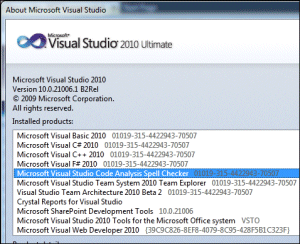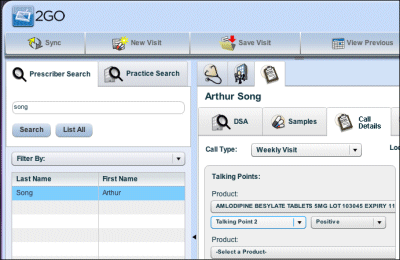I set aside today for doing a Small Business Server 2008 installation. We had the new HP box, the new HP Small Business Server 2008 Premium pack, a stack of CALs. All legal, decent and honest.
Problem number one: the Microsoft-supplied Certificate of Authenticity has an unreadable product key. There is some kind of printing error; two of the letters are actually missing, and three more are partially obscured. It is, in other words, useless.
After making a number of calls, I’ve discovered that it is hard to get anyone to take an interest in an unreadable COA. The whole system is built on the theory that you get one COA with the product keys, and one only, and if you lose it, that is that. That said my supplier is helpful and I’m sure will sort it out, probably by treating the entire pack as faulty … of course that means a delay while a replacement is arranged. You would think there might be a database somewhere, where you can key in the serial number of the COA (which is fine) and read out the product keys; but apparently not.
In the meantime, I made a start by installing Server 2008 Standard (the 2nd server in SBS Premium) without a key, as a supposedly 60-day trial. The 60 days didn’t last long; it is already telling me I must activate “today”, probably because I fitted more RAM.
However, it did throw up another little issue. The HP version of SBS is meant to be locked to HP machines. That’s fine; I have an HP box, I have HP software. However, I want to install SBS as a virtual machine hosted on the 2nd server – a fully supported configuration. How can the BIOS-locked installation tell the difference between a virtual machine hosted on an HP box, and a virtual machine hosted on any other box?
The answer: it can’t. My perfectly legitimate installation throws up the error: This system is not supported platform [sic].
For this one, I have found a solution. What you do is to download the trial and install from that, entering your HP product key when requested (this one I do have).
I am not sure which is more silly, the fact that the legal media will not install, or the fact that the trial media bypasses it so easily.
All these are hassles which only the honest have to suffer.
I understand Microsoft’s need to protect its intellectual property; but frankly the user experience when encountering this kind of issue is appalling, and one soon tires of endless recorded messages that do not address your issue. It doesn’t help that Google searches bring back mostly information on piracy, or exhortations not to be a pirate.
Linux anyone?
Update: Here’s an interesting tech note from HP about a similar Hyper-V issue for HP-branded Server 2008. Looking on the SBS media, the exact files referenced there are not present, but there is one in the same location called HPActive.cmd which adds a registry entry to the host and does some funky licensing stuff. That said, it also seems to replace the product key which is odd. Could running this fix the issue? No promises, and at your own risk.


